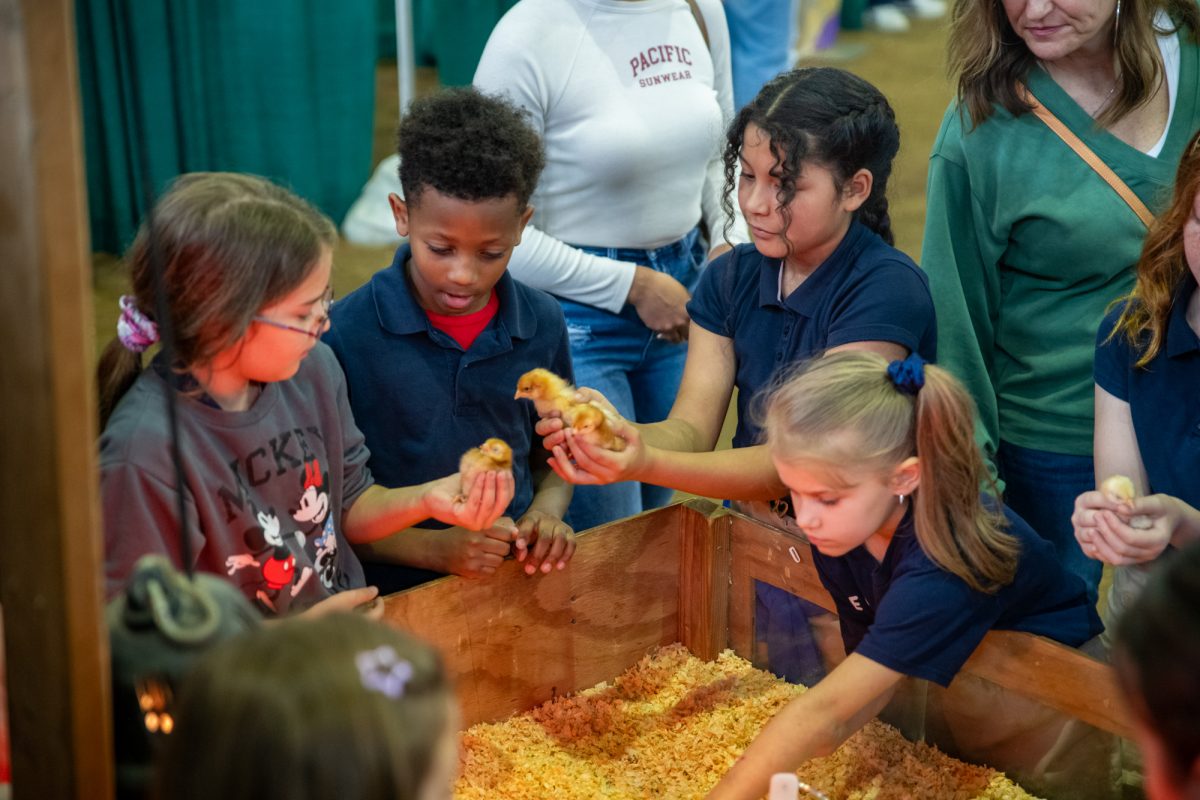Thanks to researchers in the University’s EngineeringDepartment, everyone could be flying in safer skies within the nextten years.
These engineers have developed fault-control technology which,once installed in an aircraft, could correct in-flight malfunctionswhich make planes unstable.
The project is part of a collaboration of the University of NewOrleans and the University of Louisiana at Lafayette, sponsored bya $1.6 million NASA and Louisiana Board of Regents grant, saidJorge Aravena, professor of electrical and computer engineering andthe project leader for all three universities.
The UNO and ULL engineers are developing instruments to detectmid-flight problems, which include instability due to turbulence orother adverse weather conditions, Aravena said.
LSU engineers have kept up with aviation safety projects and thecompanies who fund these kinds of projects.
When they heard about the NASA project, LSU engineerscollaborated with ULL and UNO and sent a proposal to NASA forapproval.
Engineering Department Chair Kemin Zhou is the head of thedesign part of the project. Zhou said this project is important toLSU’s Flagship Agenda.
“It contributes to the visibility of LSU as a researchinstitution,” Zhou said. “For the state, the result could beapplied to improve safety and productivity of many industrialprocesses.”
Aravena said when his team presented information to NASA, itgave LSU invaluable exposure.
After three years of work and research, team members from allthree schools combined their research and presented it to NASA,which granted them more time to further develop the project.
The Louisiana team is collaborating with NASA’s Langley ResearchCenter in Virginia, the branch that handles aviation to provideassistance for the engineers, Aravena said.
NASA invited the LSU team to join the Partner’s Group whichincludes several companies in aerospace, all of whom areresearching similar areas of aviation, Aravena said.
“We work together and have planning meetings and workshops,”Aravena said.
NASA has done more than just invite the University toparticipate.
“NASA has been very helpful in providing a complete model thatallows us to simulate a B747 [airplane] in a computer,” Zhou said.”They have also provided their unique insight into the[project].”
NASA has granted them two more years and an additional $1million to research and develop their instruments.
Aravena said the team will spend those two years makingadjustments.
Aravena said he estimates the new instruments will not appear inplanes for more than ten years.
The designs for future planes already are in the works, and theFederal Aviation Administration will have to test the newtechnology, which Aravena described as “a very long, complicatedprocess.”
NASA grant helps engineers in quest to better planes
September 14, 2004





